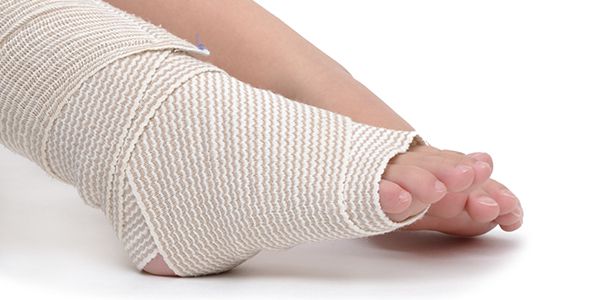Emergency physicians can safely reduce x-rays in children with hurt ankles by as much as 23% and save emergency patients both money and time. The results of a cost analysis of the Low Risk Ankle Rule (LRAR) were published online Tuesday in Annals of Emergency Medicine (“Cost Consequence Analysis of Implementing the Low Risk Ankle Rule in Emergency Departments”).
“Currently, x-rays are ordered for up to 95% of children who come to emergency departments with ankle injuries, though only 12% of those x-rays show fractures,” said lead study author Kathy Boutis, MD, MSc, of The Hospital for Sick Children and the University of Toronto in Toronto, Canada. “Widespread implementation of the LRAR could lead to a safe reduction of x-rays in children with ankle injuries, reducing unnecessary radiation exposure and health care costs.”
Researchers compared children with ankle injuries at emergency departments that did and did not use the LRAR. At emergency departments using the LRAR to assess children with acute ankle injuries, there were 22.9% fewer ankle x-rays and health care costs were $36.93 less compared with those that did not use the rule. Importantly, in reducing x-rays, there were no significant differences in the frequency of missed clinically important fractures or in use of health care resources after a patient was discharged from the emergency department.
“Our findings are good news for the two million American and Canadian children with hurt ankles who visit emergency departments each year: although most currently receive x-rays, many do not actually need them,” said Dr. Boutis. “There are also potential cost savings. In a publicly funded health care system, using the LRAR to decide if x-rays are necessary in children with ankle injuries modestly reduced health system costs without increasing patient costs. In a privately funded health care system like the one in the Unites States, the cost savings would likely be realised by the patient or insurer.”
(Source: American College of Emergency Physicians, Annals of Emergency Medicine)










